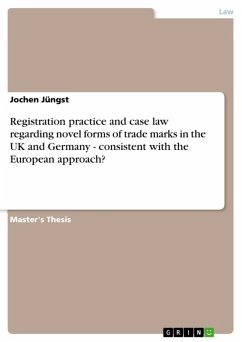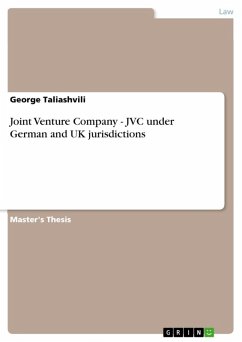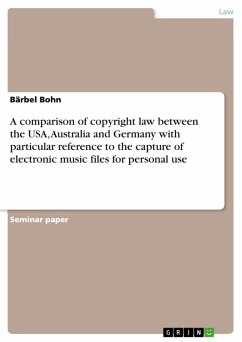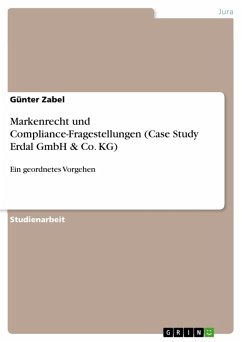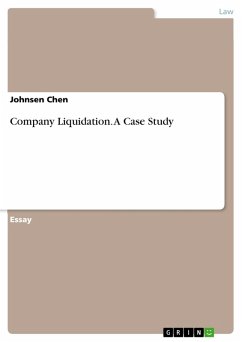Master's Thesis from the year 2004 in the subject Law - Civil / Private / Trade / Anti Trust Law / Business Law, grade: 72 % , University of Southampton (Business School), course: LL.M. Intellectual Property Law, language: English, abstract: European harmonisation measures in the field of trade mark law have brought new legal concepts to various member states. The Council Directive 89/104/EEC("The Directive") and the introduction of the Community trade mark, which was created by Council Regulation 40/94("The Regulation"), by introducing so-called novel forms of trade marks, have changed the trade mark law of the Member states significantly. Now that almost a decade after implementation of the Directive in Germany and the UK has passed - the German MarkenG came into force on January 1 1995, the UK TMA on October 31 1994 - trade mark forms like smells, sounds, shapes or colours can hardly be regarded as novel any more. However, recent ECJ decisions show that there was still need for authorative guidance on issues such as distinctiveness, the need to keep free, the scope of protection and the requirement of graphic representation regarding these forms of trade marks. This dissertation critically examines and compares registration practice and case law of German and UK Patent and Trade Mark Offices and Courts with regard to smells, sounds, colours and shapes before and after implementation of the Directive. Furthermore, it will be scrutinised if the current state of affairs regarding these forms of trade marks can be considered to be consistent with the registration practice of OHIM under the CTM system and recent case law of the CFI and the ECJ. As will be seen, the interest in the possibility of registering smells, sounds and shapes and colours as trade marks differs significantly in Germany and the UK. There have been numerous attempts to register single colours or colour combinations as trade marks in Germany while the excitement about this trade mark form in the UK was limited. Hardly any smells have been accepted for registration in the UK; in Germany, registration of this trade mark form was simply denied. Sound marks have fared rather better and there is - in contrast to the UK - a significant number of sounds on the register in Germany. The same can be said about shape marks in both the UK and Germany. As the relevant statutes - the MarkenG in Germany and the TMA 1994 in the UK - were implemented as a result of the First Council Directive 89/104/EEC, it is first helpful to take a look at the aim of the Directive in general and the relevant provisions of the Directive as well as the relevant provisions of the national legislation based on the Directive. [...]
Dieser Download kann aus rechtlichen Gründen nur mit Rechnungsadresse in A, B, BG, CY, CZ, D, DK, EW, E, FIN, F, GR, HR, H, IRL, I, LT, L, LR, M, NL, PL, P, R, S, SLO, SK ausgeliefert werden.

